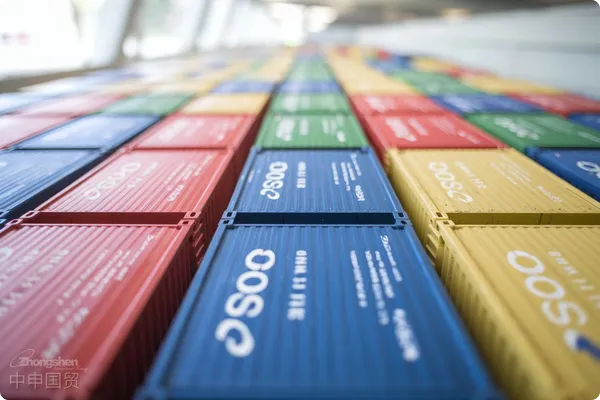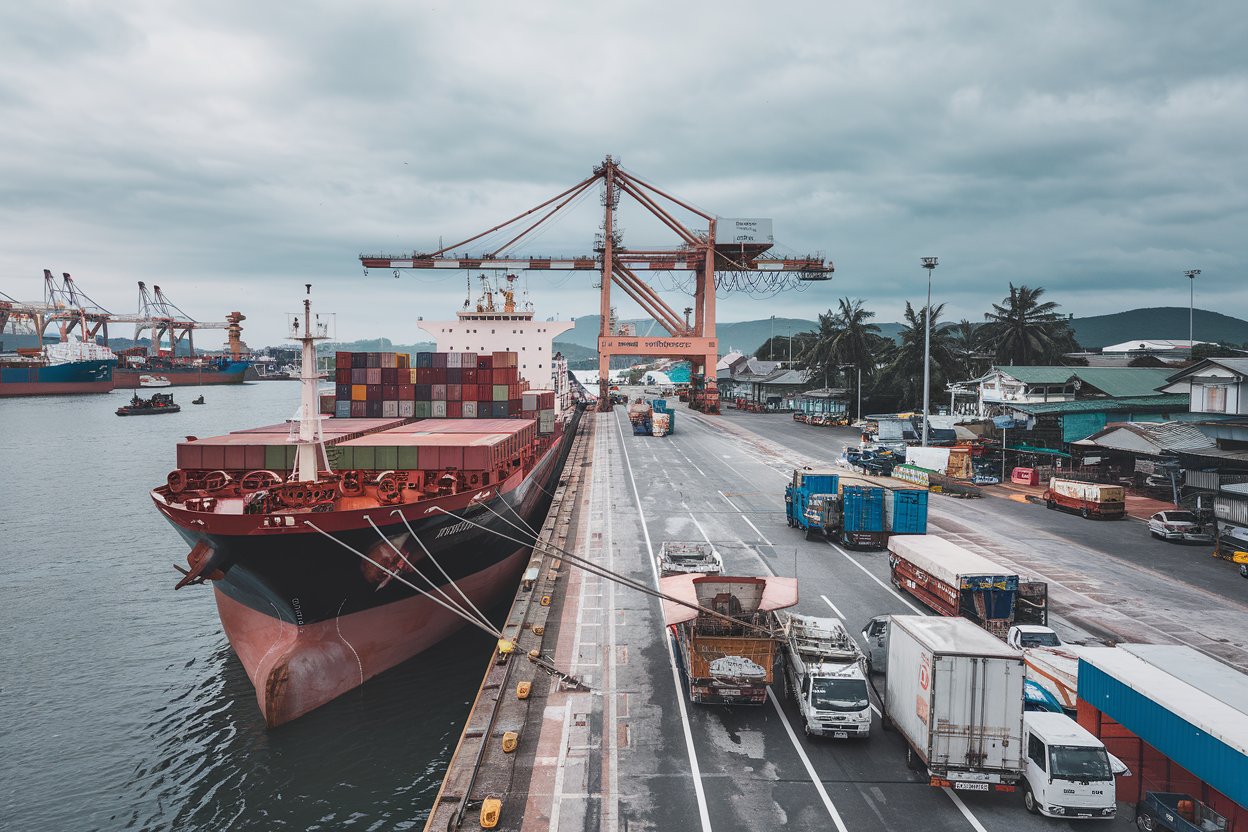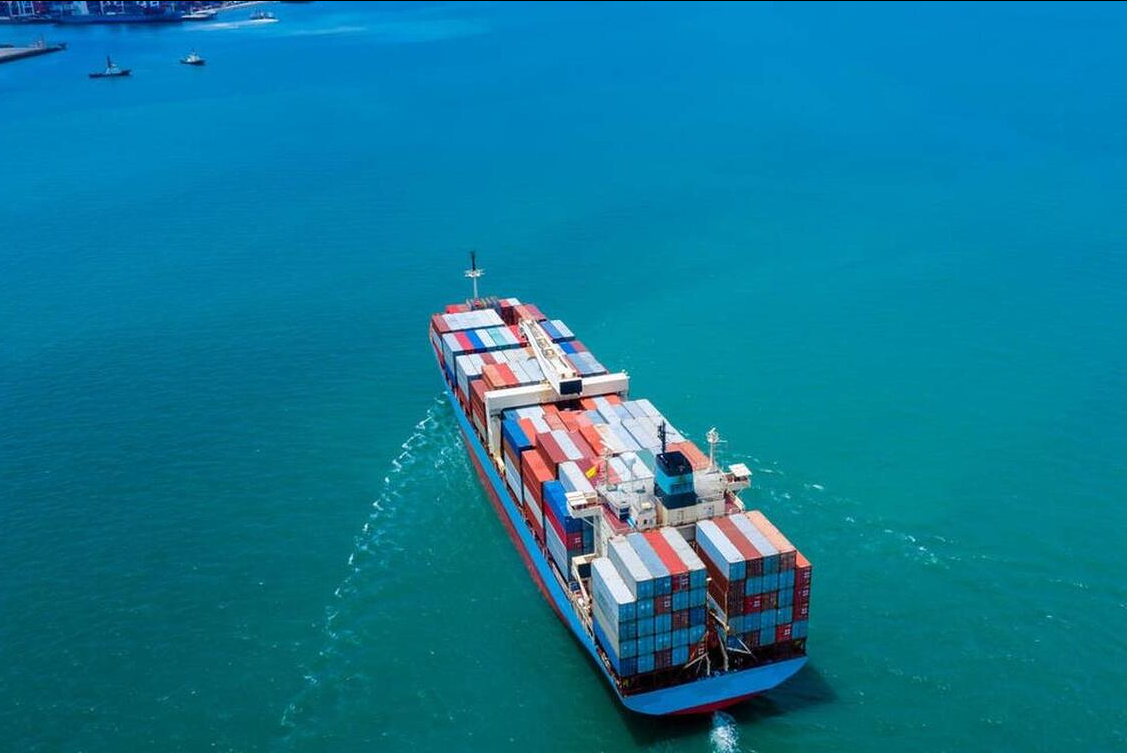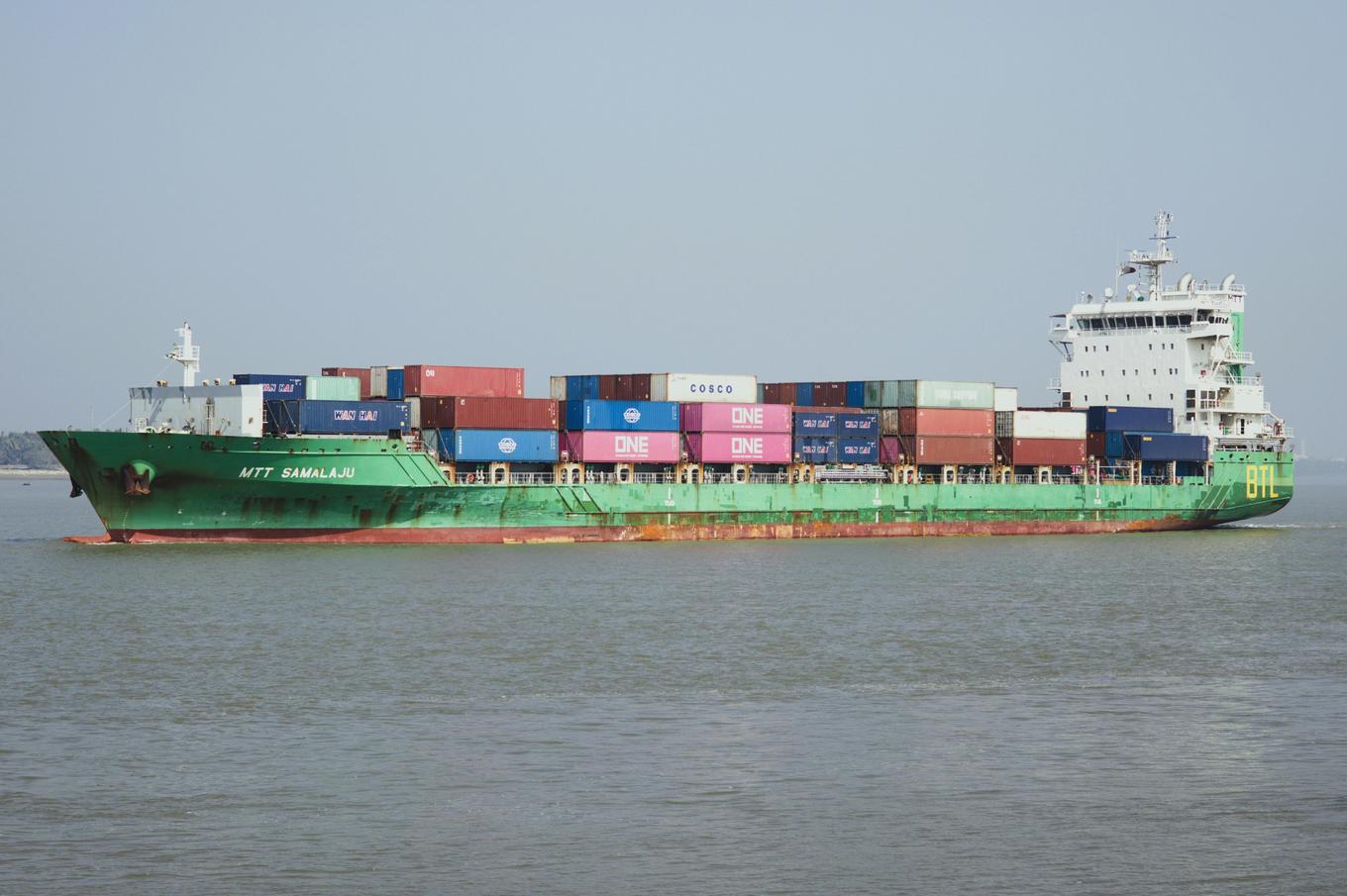- Shanghai Zhongshen International Trade Co., Ltd. - Two decades of trade agency expertise.
- Service Hotline: 139 1787 2118

With the deepening of the Belt and Road initiative, Russia has become a key market for Chinese machinery exports. But amid ruble fluctuations and intensified sanctions, exporters urgently need systematic risk prevention. This article analyzes critical risks and solutions from practical experience.
I. Dual prevention of political and legal risks
Dynamic monitoring of sanction lists
? Establish daily checks of MOFCOMs Unreliable Entity List
? Use global sanction screening tools (such as Dow Jones Risk Center) to verify the qualifications of Russian buyers
? Pay special attention to dual-useEquipment ExportLicense application (requires filing 90 days in advance)
Special contract terms
Article 12 Force Majeure: If the contract cannot be fulfilled due to EU/US sanctions against Russia, the seller has the right to suspend delivery without bearing liability for breach of contract.
II. Full-process control system for payment risks
3-stage fund security solution
- Prepayment stage: Require 30% deposit + T/T payment
- Production stage: Use standbyL/C(SBLC) guarantee
- Final payment stage: Insure with China Export & Credit Insurance Corporation (Sinosure)
Exchange Rate Fluctuation Management
? Sign price adjustment clauses: Payment amounts linked to USD/RUB exchange rate
? Use cross-border RMB settlement (accounting for 42% in 2023)
III. Special handling solutions for logistics and customs clearance
Key Logistics Parameter Control
| Risk points | Solutions | |
|---|---|---|
| Port Congestion | Give priority to the Port of Vostochny | |
| — | — | |
| Customs clearance delay | Pre-obtain GOST certification (average 14-day time saving) |
(Compulsory):
A Shandong machinery company reduced delivery time from 45 to 22 days and cut logistics costs 18% using the China-Russia Express rail + border warehouse model.
IV. Risk transfer strategy for after-sales service
? Adopt Localized Service Contracting: Partner with Rostec for maintenance
? Deploy remote diagnostic system: Equipped with 5G IoT modules for fault預(yù)警
? Implement 3+2 spare parts inventory (3 border warehouses + 2 central warehouses)
V. Long-term cooperation risk mitigation mechanism
- Establish joint task force: Station permanent legal and technical teams
- Participate in Russian localization projects: Tax incentives (VAT reduction for >30% localization rate)
- Use blockchain smart contracts: Enable end-to-end management of customs, payment, and logistics data
Conclusion: Through pre-screening - process control - post-sale protection, companies can maintain Russia market bad debt below 1.5%. We recommend direct communication channels with CCI for latest market updates.
Related Recommendations
Category case
Get in Touch
Email: service@sh-zhongshen.com
Related Recommendations
Contact via WeChat

? 2025. All Rights Reserved. Shanghai ICP No. 2023007705-2  PSB Record: Shanghai No.31011502009912
PSB Record: Shanghai No.31011502009912









